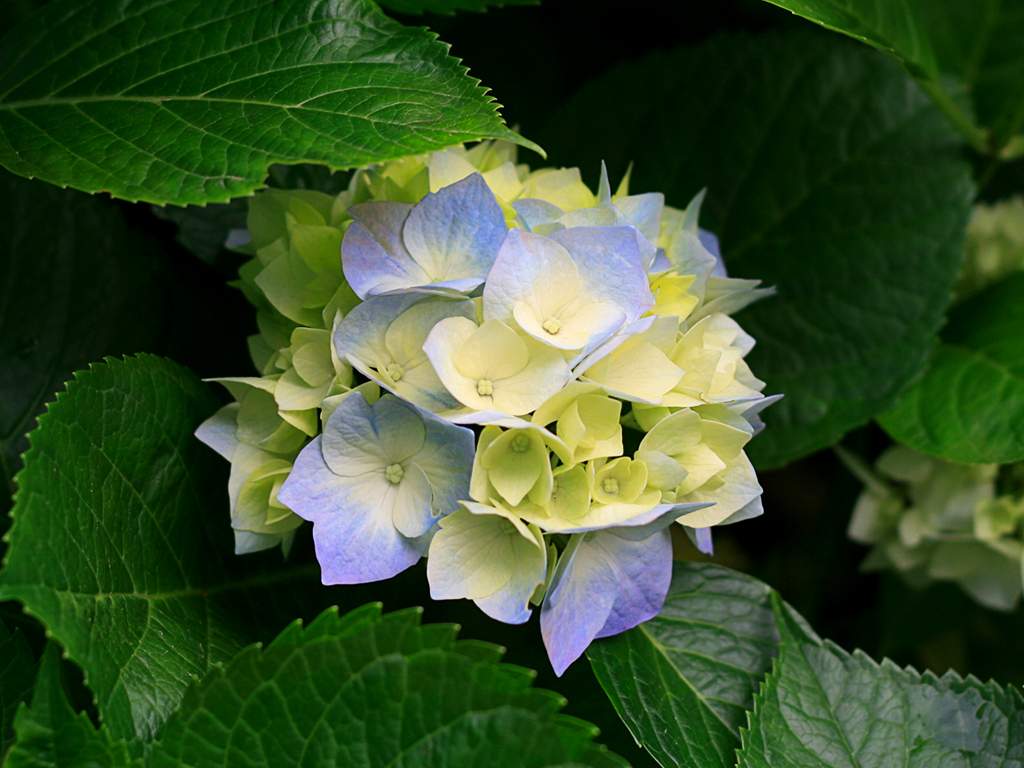Do to various factors like climate and landscape; it becomes difficult to tell annual, perennial and biennial flowers from one another. Moreover, some of the flowers belong to each class. To eliminate confusion, use the explanations below for guidance and remember than removing a plant from its native habitat will often change the behavior of the plant. A cactus is Alabama does not function the way it would in Mexico. Have fun with gardening, but find the best flower choice by type, region and how much effort is necessary to get a harvest.
Annual flowers
Once annual flowers are seeded, they bloom and die in the same growing season. Because of this, they need to be replanted annually, hence the name. One of the most popular annuals, the marigold, is planted every spring while maintaining full bloom through summer and into fall, depending on the climate of the region. However, other annuals commonly last only a few months. Because of their short life, they do not require much work, but because they die off each year, they require seeding effort followed by a spring planting. A few examples of annuals are: Balsam, Violets, Cape daisies, Forget-me-nots, Dahlia hybrids Cirsiums, Cockscombs, Cosmos, Cup flowers, Calendula, Blood flowers, Foxgloves, Fuchsia, Hibiscus, Thistle, Sage, Petunias and even corn.
Perennial flowers
Perennials are permanent, periodic and picky. As a result, they need tending too often. These flowers are planted around spring and will not need to be replanted every year like annuals. Perennials grow every three to five years, but this does not mean that they are in bloom in winter. Perennials lie dormant in winter like other flowers, but grown from seed, they are also often too premature to bloom during the first year. So perennials can be expected to grow and bloom in three growing seasons (spring, summer, and fall) in the second, third and maybe even fourth and fifth years. The bloom is a very short period – a matter of only a few weeks. A few examples of perennials are: Apple trees, African lilies, Aster, Begonias, Calla lilies, Bleeding hearts, flax, Irises, Jacob’s ladder, Lavender, Peonies, Poppy, Primrose and Yarrow.
Biennial Flowers
An easy example of a biennial is an onion. It is seeded the first year, lives through the winter months and blooms in the second year producing a full enough yield that can than be harvested. So biennials need two growing seasons to flower, the seeds drop and set into the ground, then the biennial dies cycling back to the beginning. They do not need much work at all, other than the occasional weeding. There are a lot of naturally occurring wild biennials. Other examples of biennials are: Hollyhocks, Canterbury bells, Caraways, Pansies, Black-Eyed Susans and Queen Anne’s lace.
Any confusion will be purged by planting a garden with native plants, trees and shrubs. However, spruce up any garden with exotic little accents. There are so many options that no gardener ever has to limit him or herself. Determining the time it takes to work with the above types of plants and the effort they require make this little lesson worth the while. The next step: By some seeds and get started.

